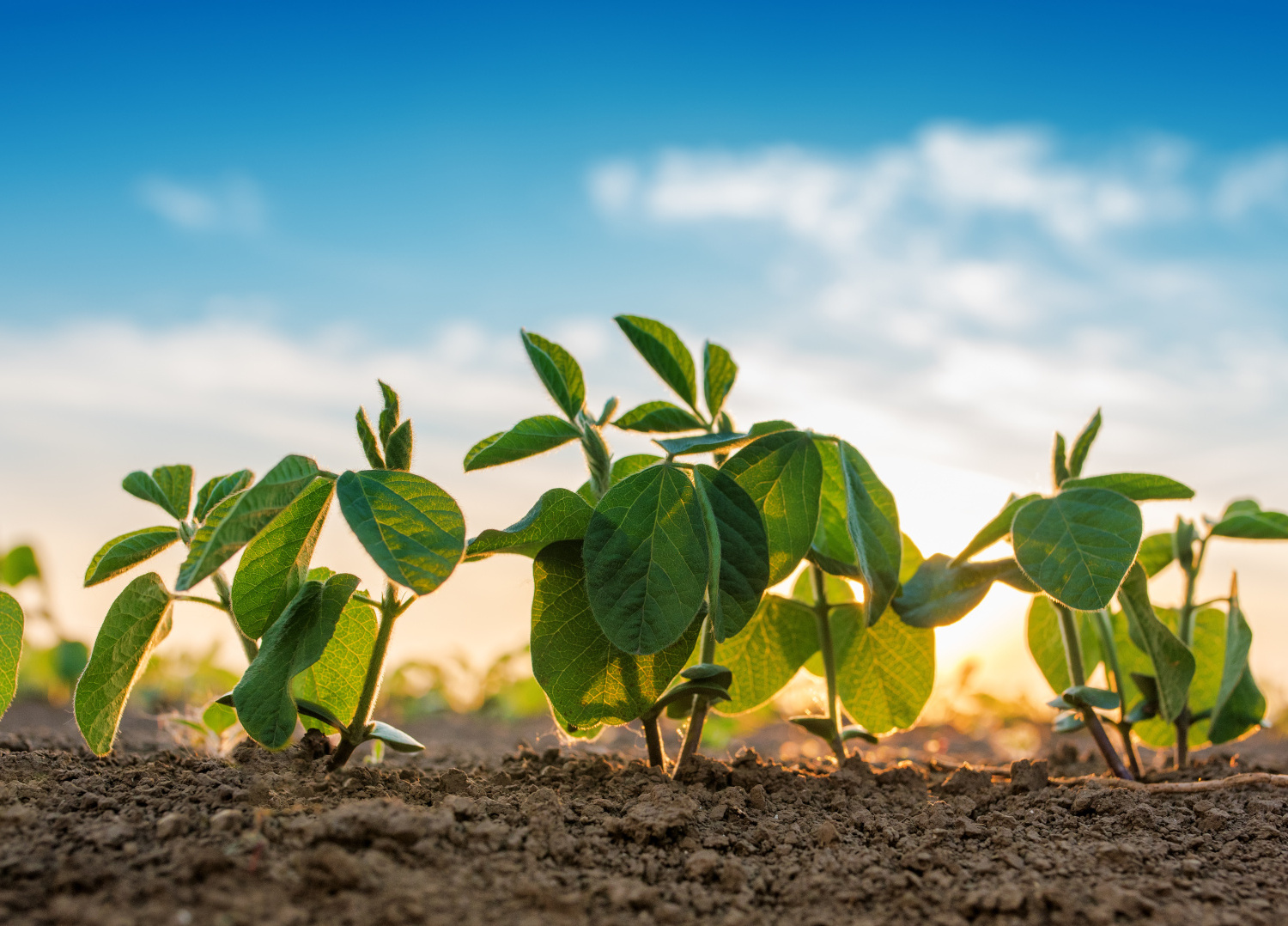
This regular feature provides an update of crop growing conditions from several farmers, along with happenings across the farm to ensure overall quality of their product.
Despite a few bumps and bruises along the way, farmers across the Upper Midwest and Northern Soy Marketing’s (NSM) member states – Minnesota, South Dakota and Wisconsin – have been pleasantly surprised by the 2024 soybean crop.
“The early planted soybeans exceeded our averages by quite a few bushels,” said NSM Director Mike McCranie. “The later planted beans were below average. So, I would say that we’re going to come in just a touch above average on our overall farm average.”
Harvest season and Mother Nature don’t always cooperate but this year, they were working in tandem.
“You can’t beat the weather for harvest this year,” McCranie said. “We’re way ahead of schedule.”
With soybean harvest wrapped up on his farm, McCranie is in the home stretch of corn harvest. But the work won’t end when the combine stops.
“The biggest thing we’re going to do before planting next year is analyze all of the varieties that did the best,” McCranie said. “We have to analyze to make sure we pick the right hybrid for the right types of soil. Some varieties are offensive beans, and some are defensive beans.”
Continually working to unlock the knowledge of soybean quality, NSM member states pay special attention to factors such as foreign material (FM) and essential amino acid content.
“The quality was good, and our test weights were really good,” McCranie said. “A good test weight means that when they get exported, the beans take up a lot less space for the same volume.”
Seth Naeve, a soybean researcher with the University of Minnesota, couldn’t deny the strange growing year.
“The big news this year is that we had record rainfall across most of Minnesota,” Naeve said. “Most farmers were able to plant in a relatively timely manner but then we just kept getting rain and rain and rain.”
With an interesting growing season comes interesting crop conditions.
“We did see some very strange things go on this year,” Naeve said. “Some of this could be related to what we broadly call green stem syndrome in soybeans where the soybean plant doesn’t mature naturally.”
A disorder that affects soybean plants, green stem syndrome causes stems to remain green after the pods and seeds are mature and ready to harvest but it doesn’t have a clear effect on yield. Despite chaotic conditions early in the growing season and a historically dry end to the season, the soybean crop surprised growers.
“It wasn’t as bad as people, including me, thought it was going to be,” Naeve said.


